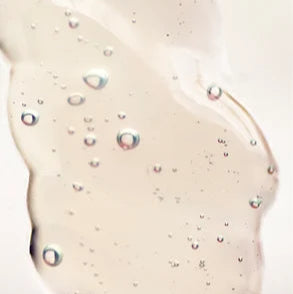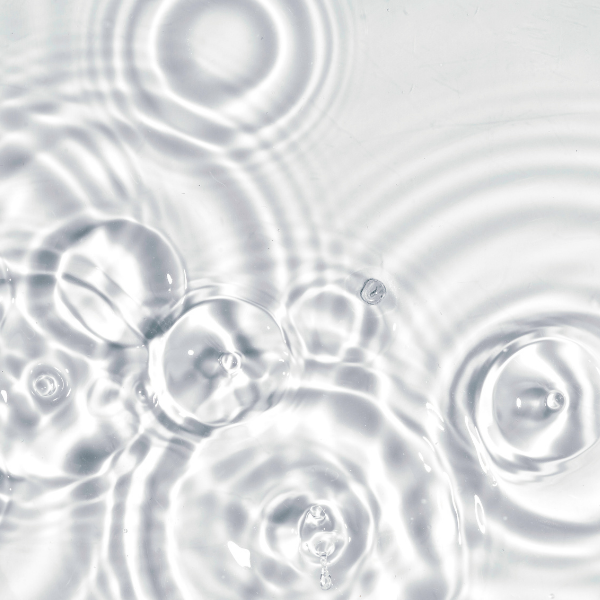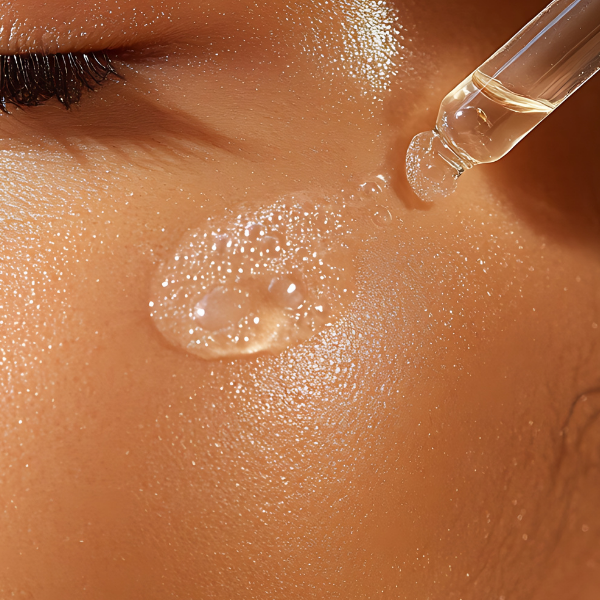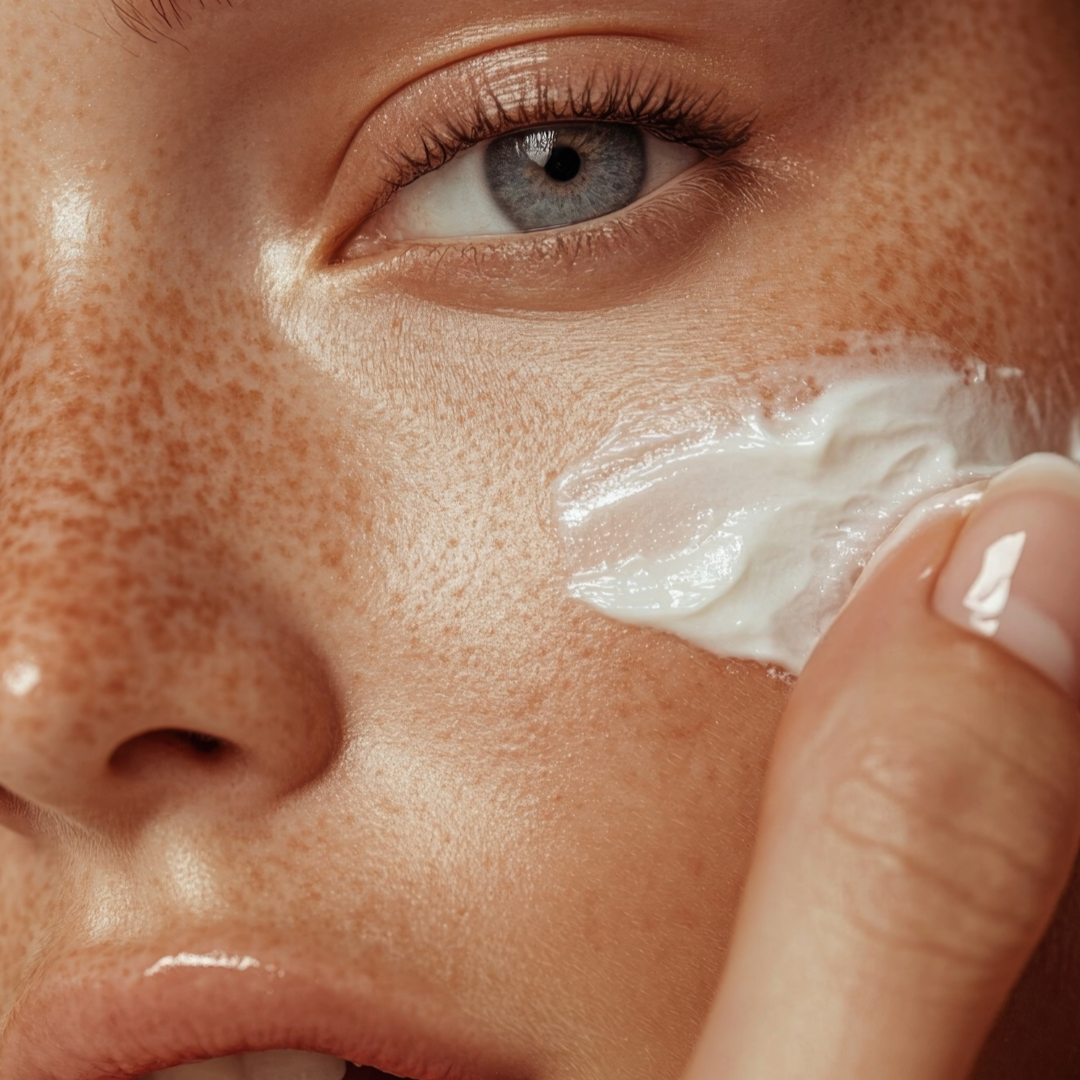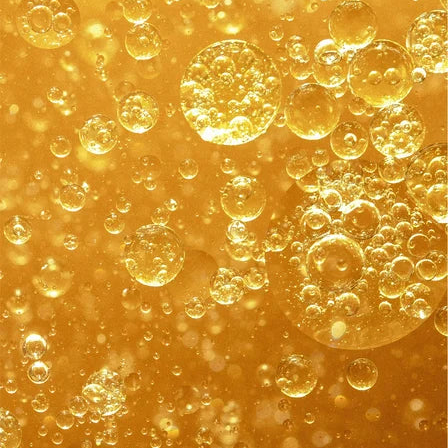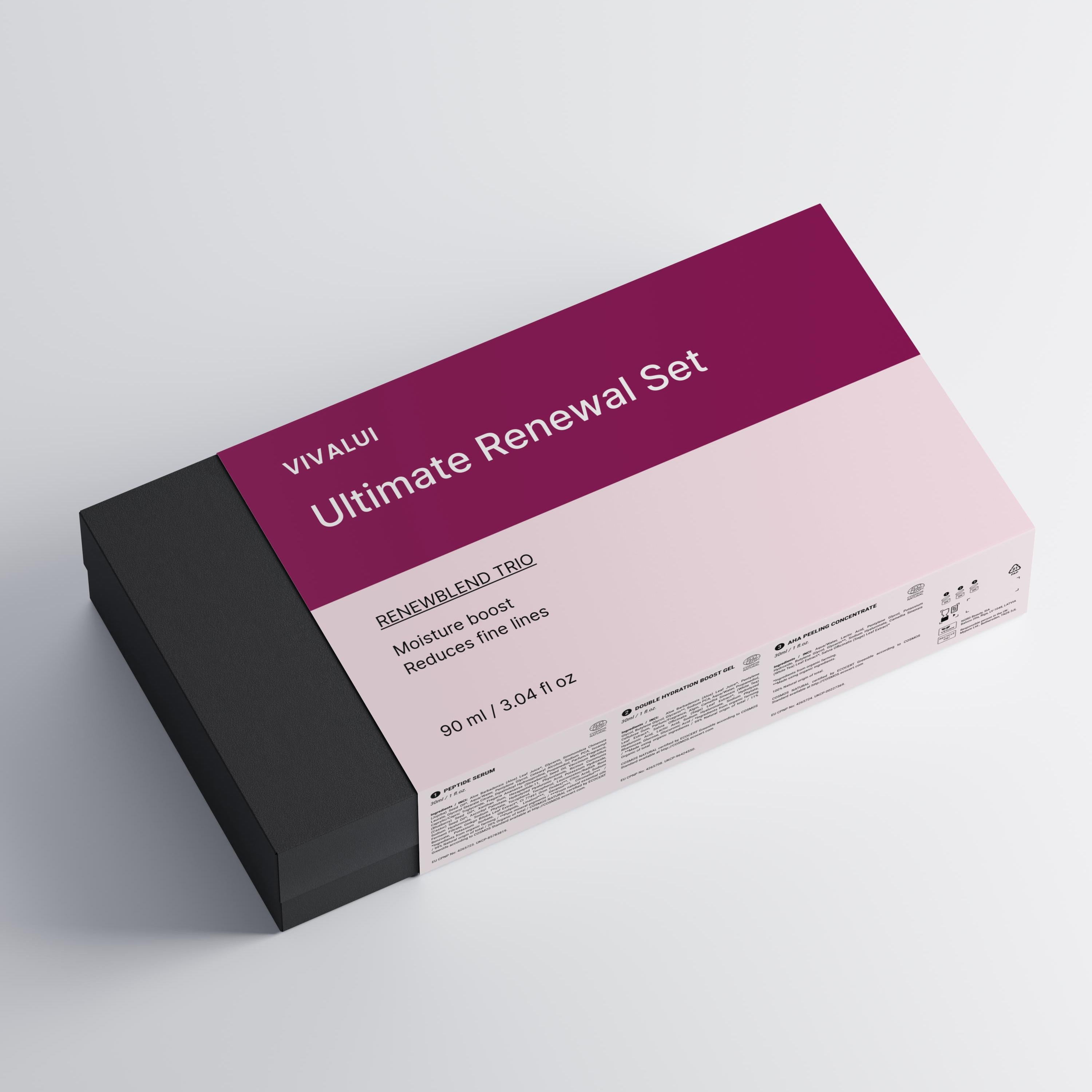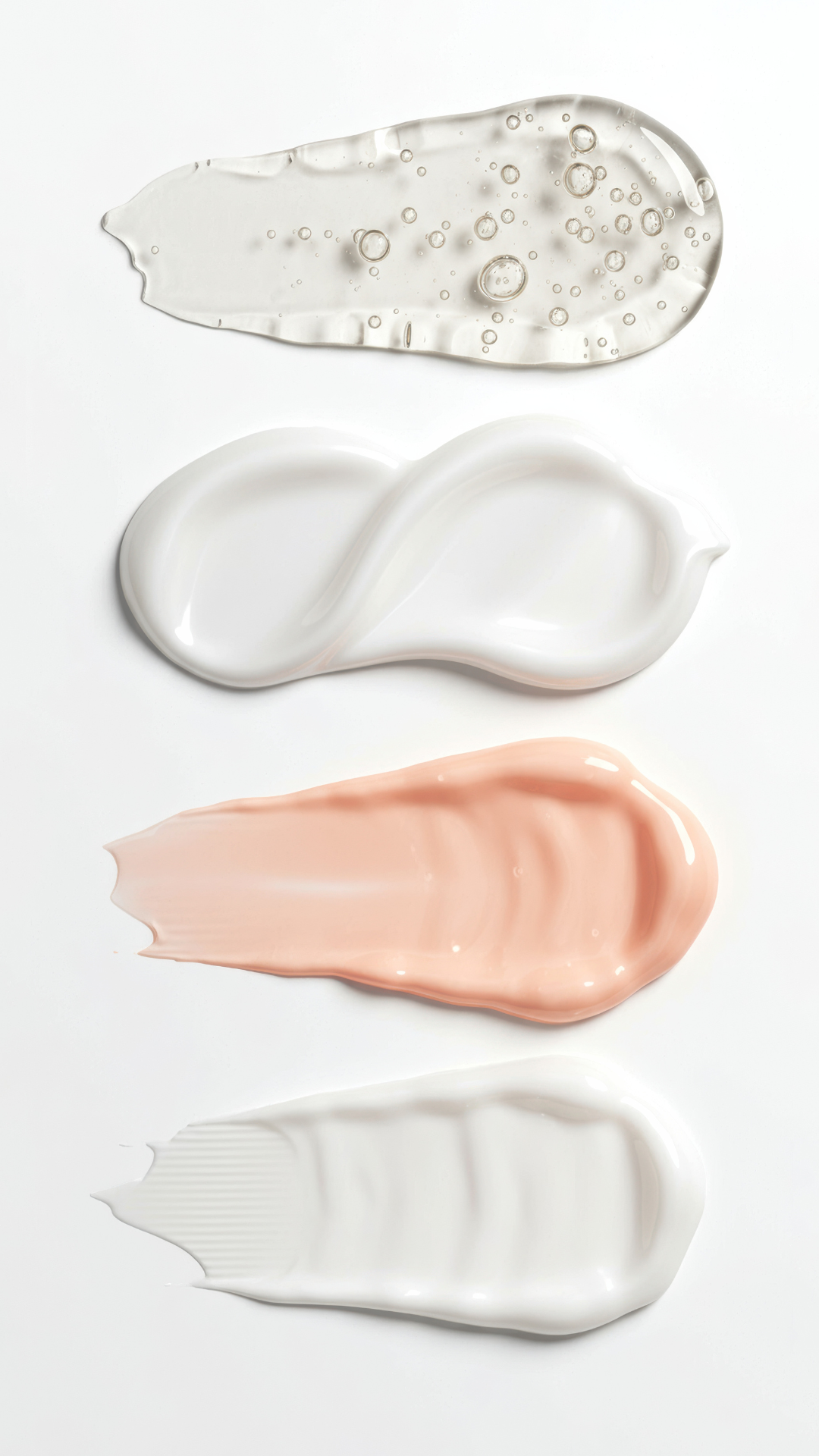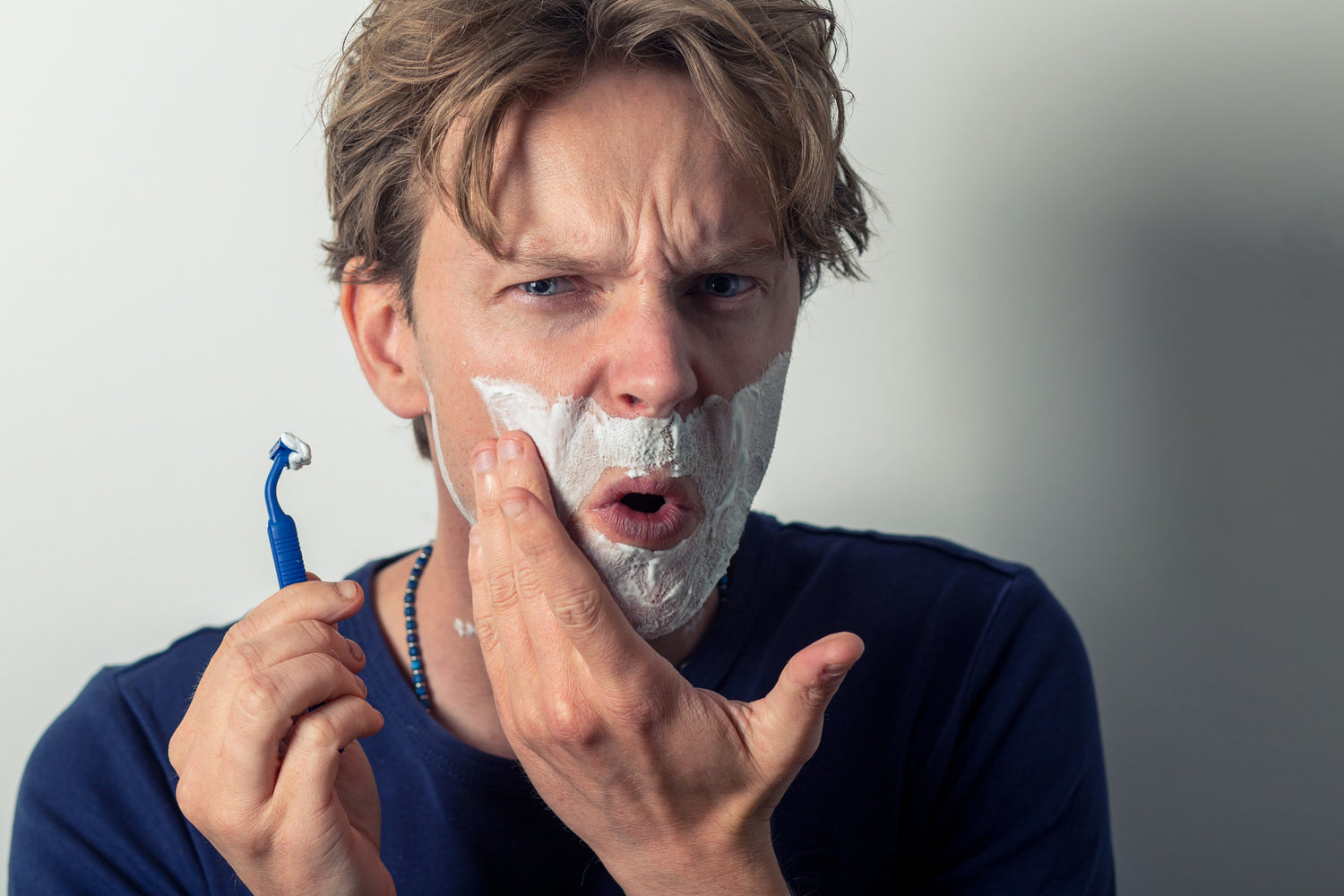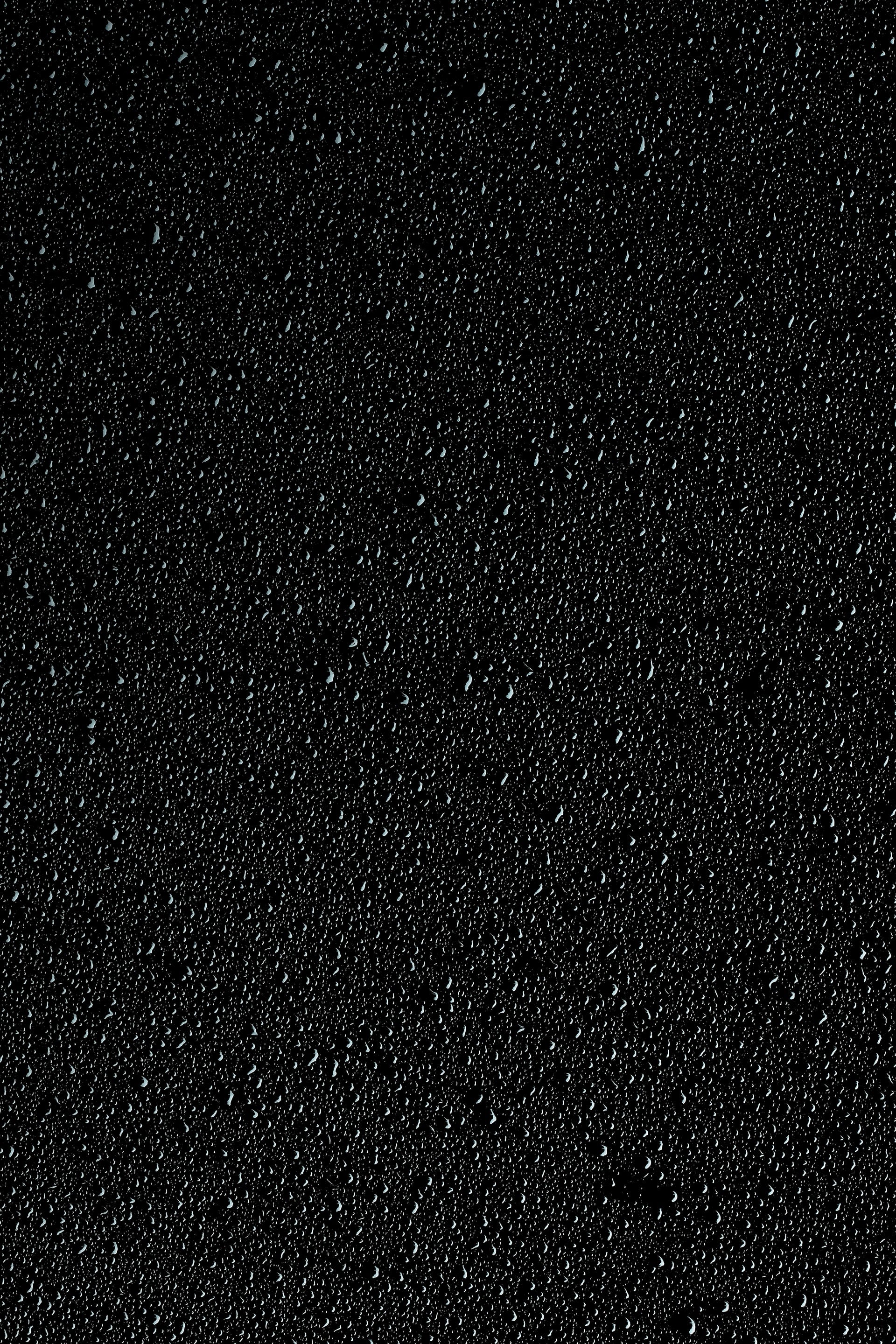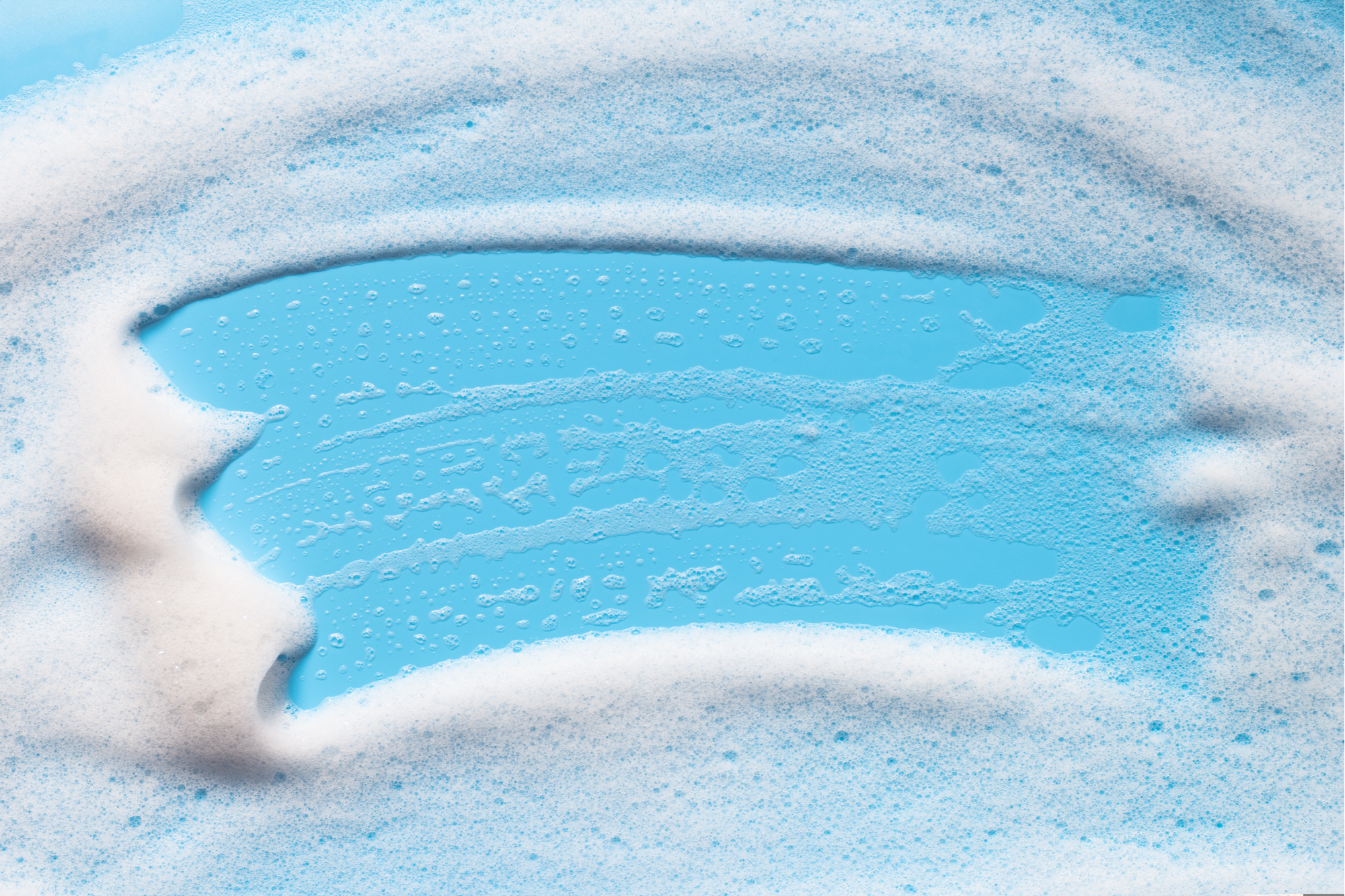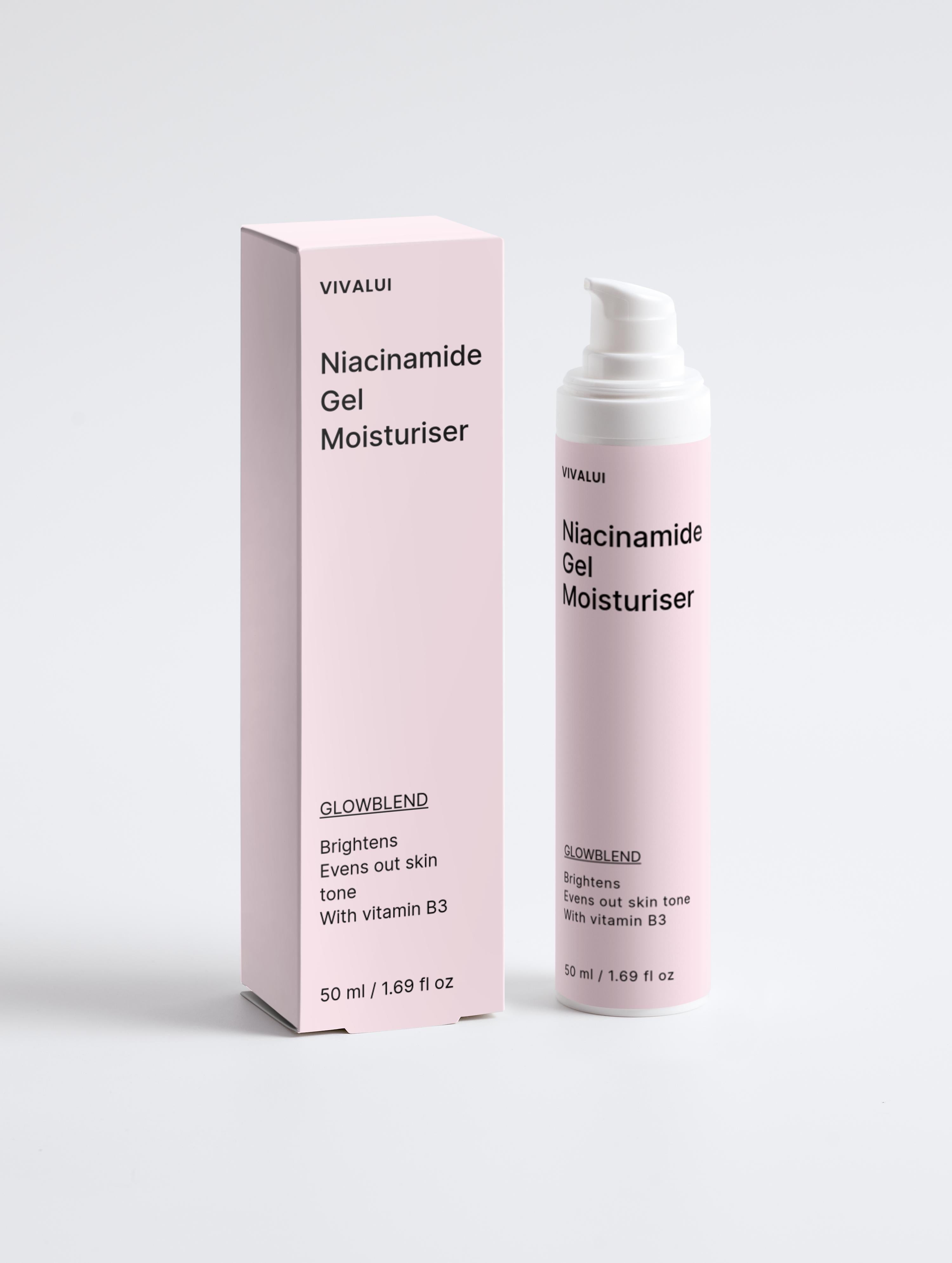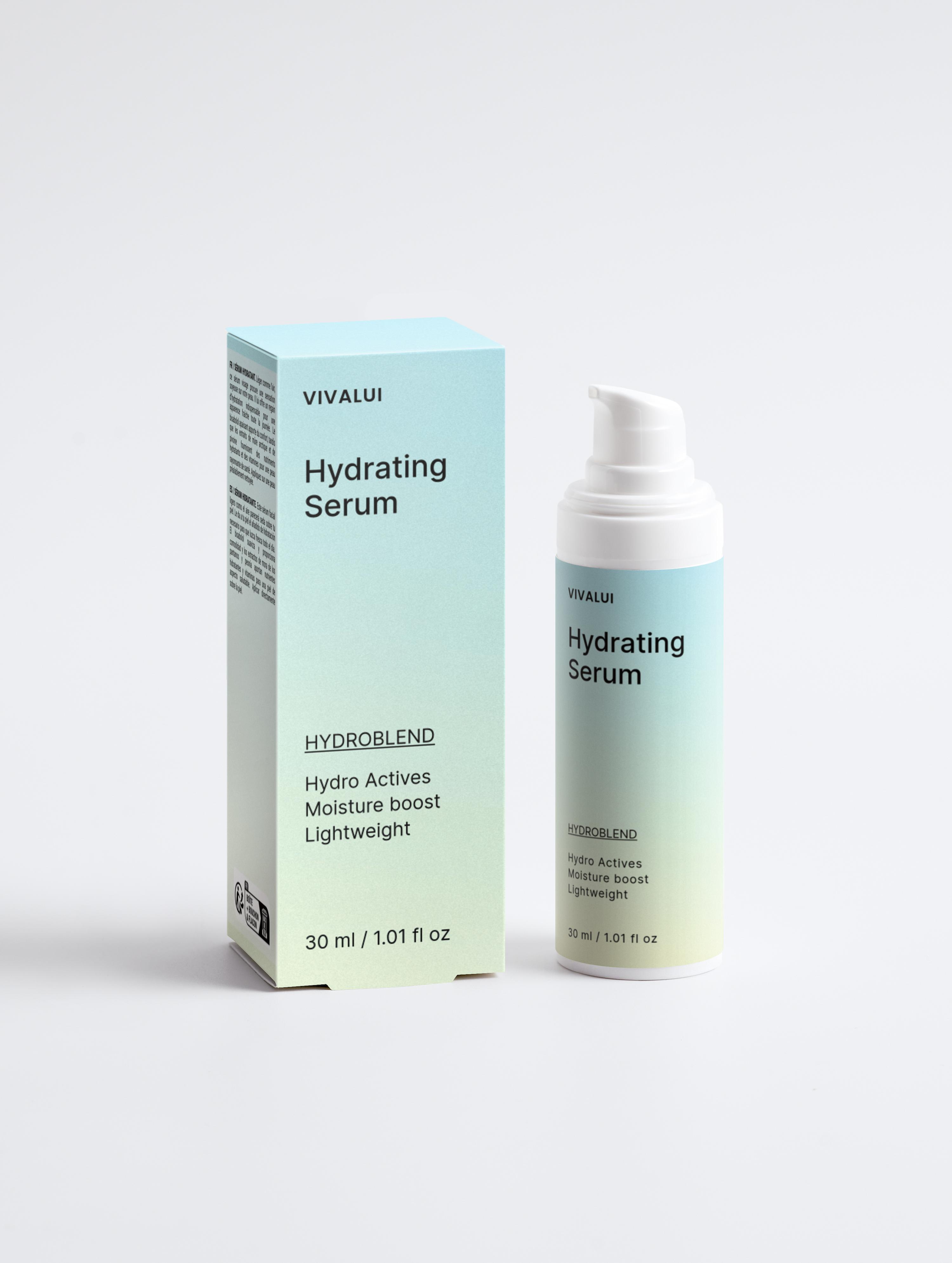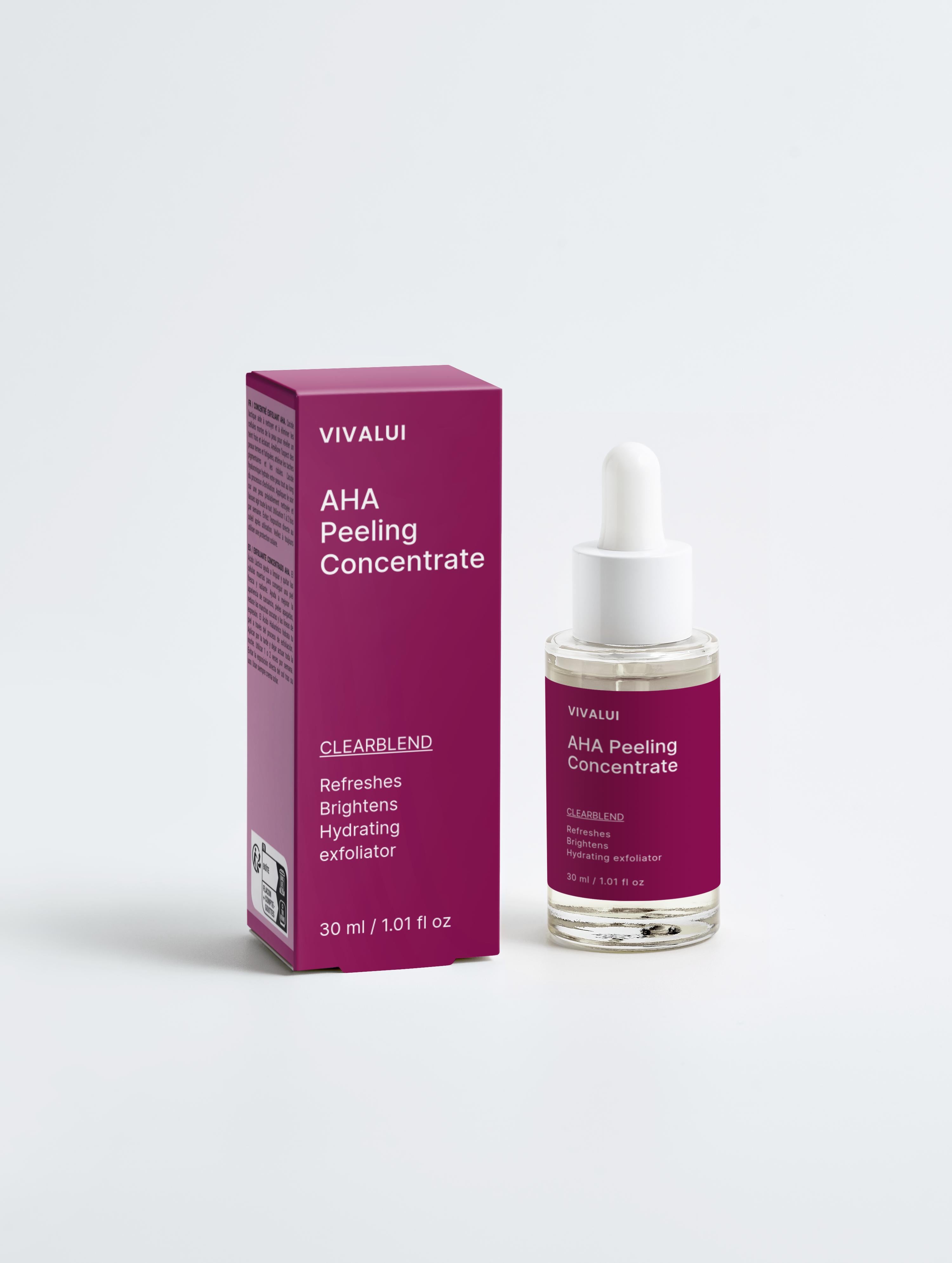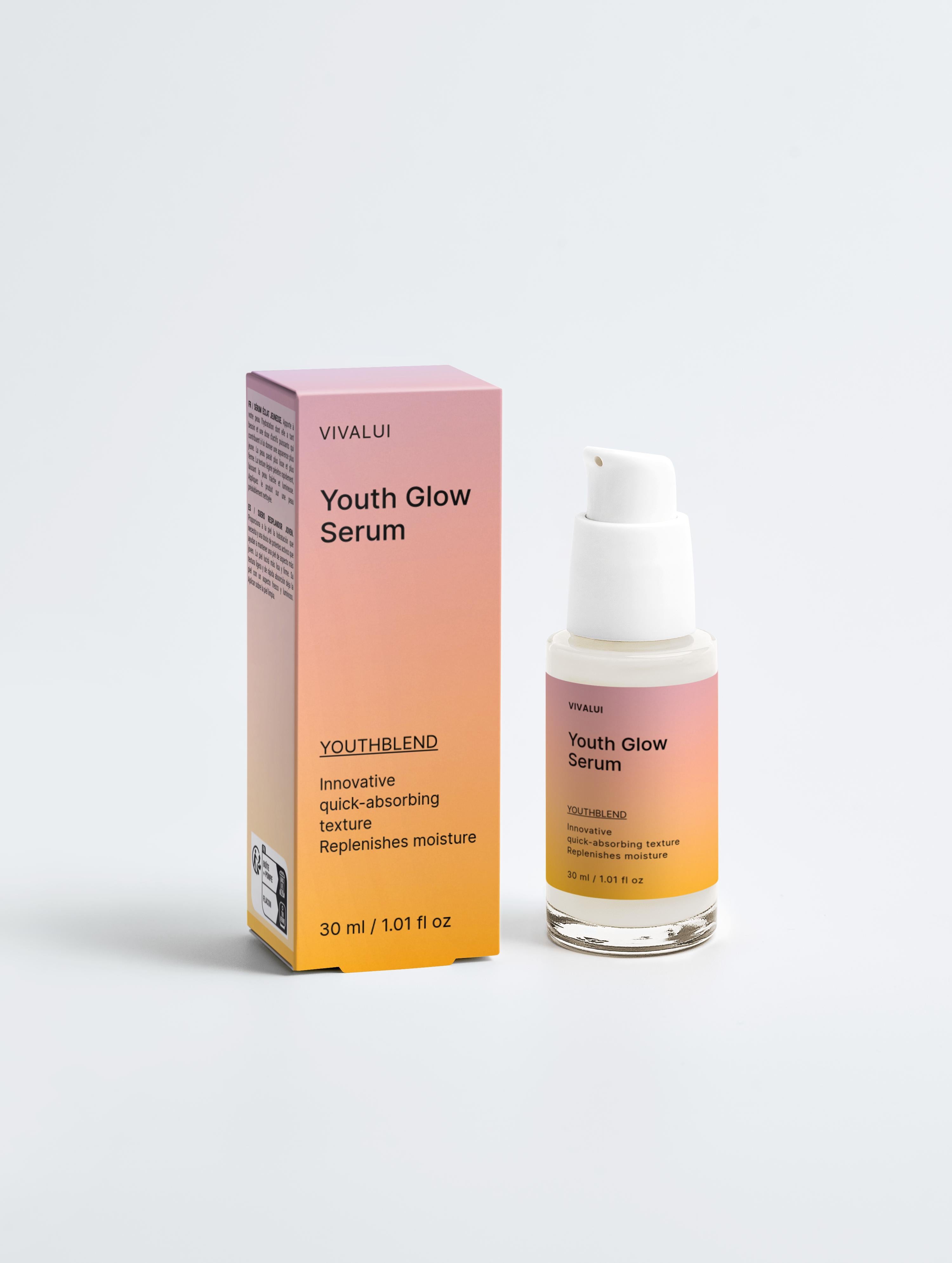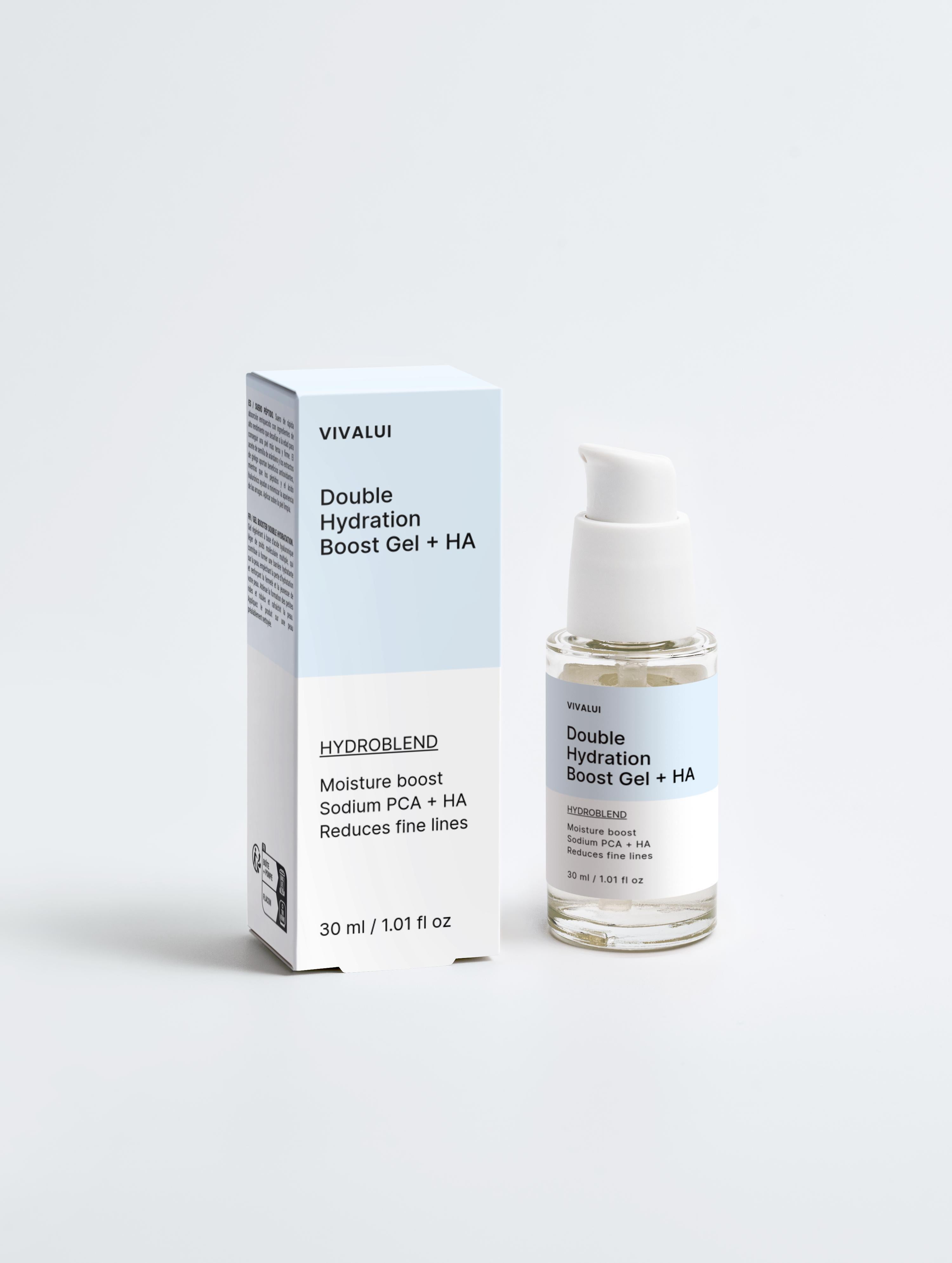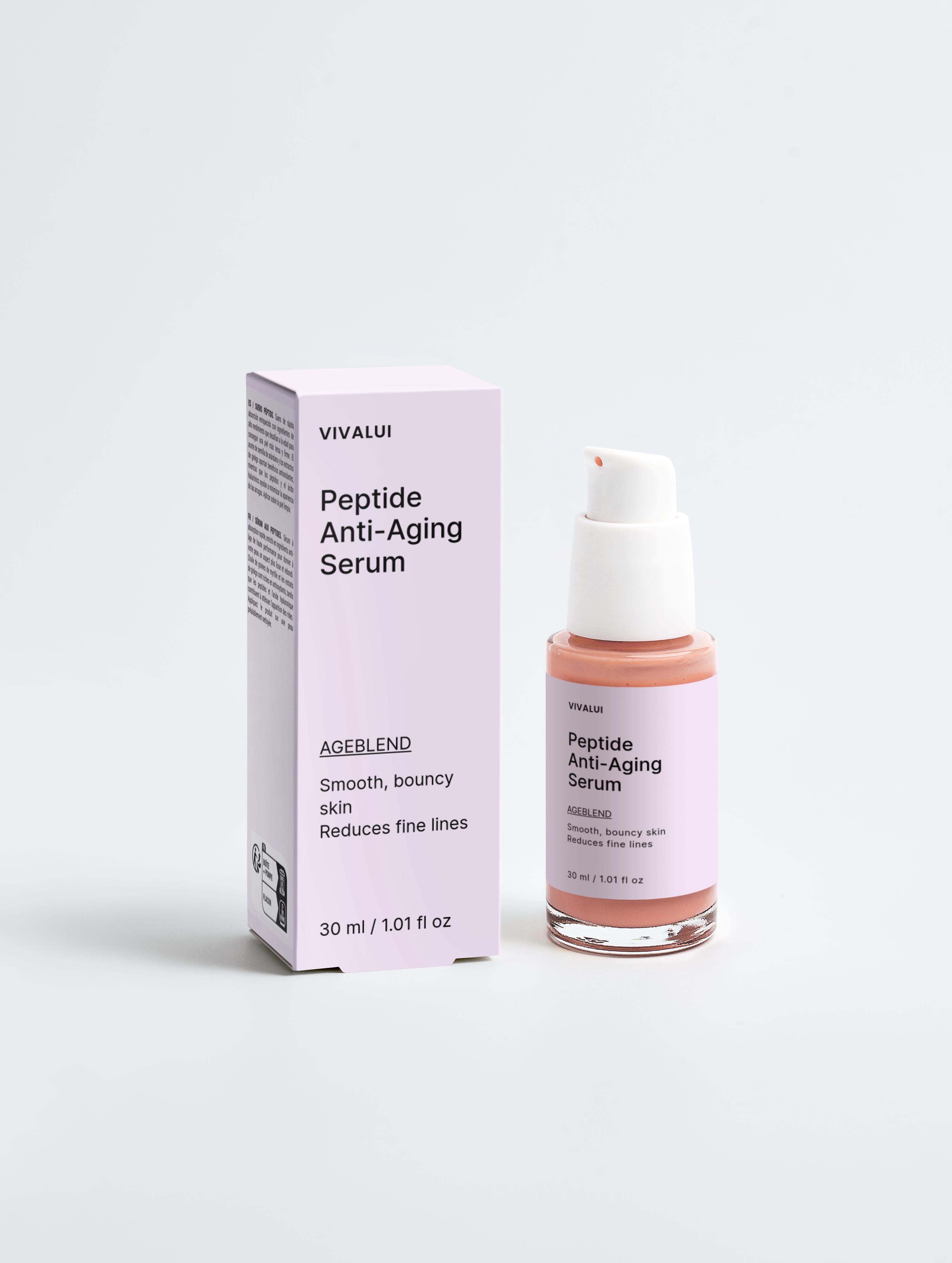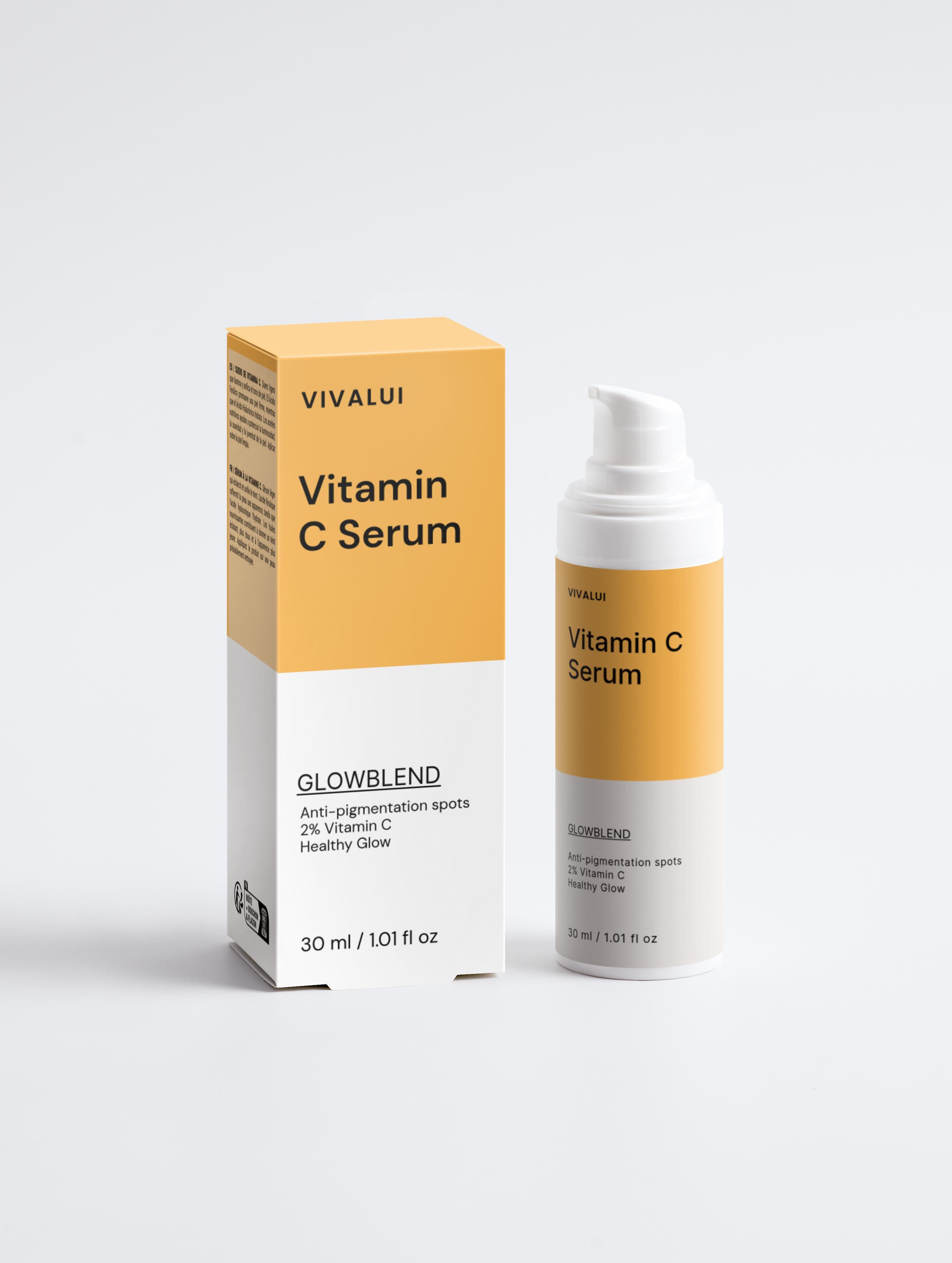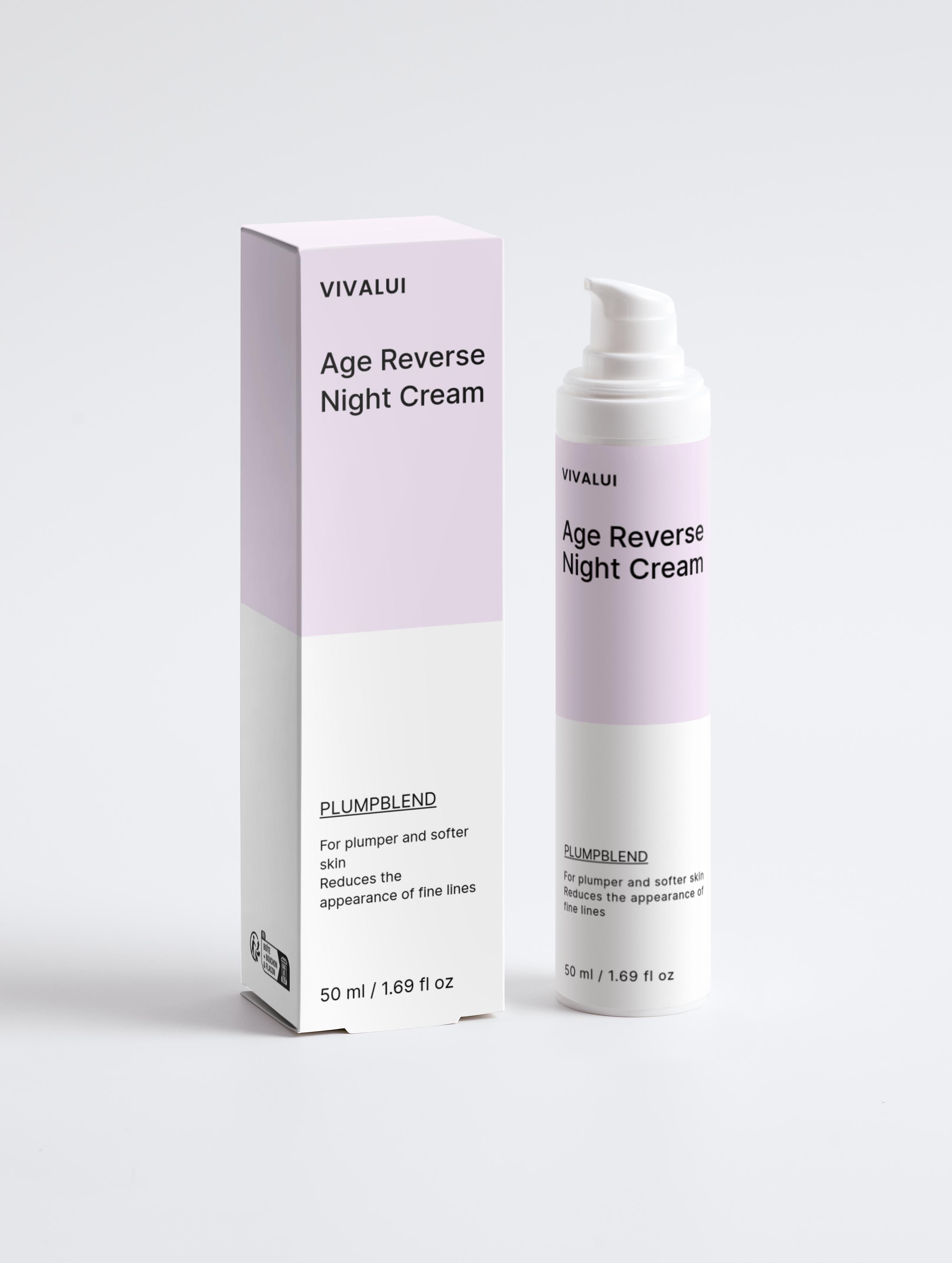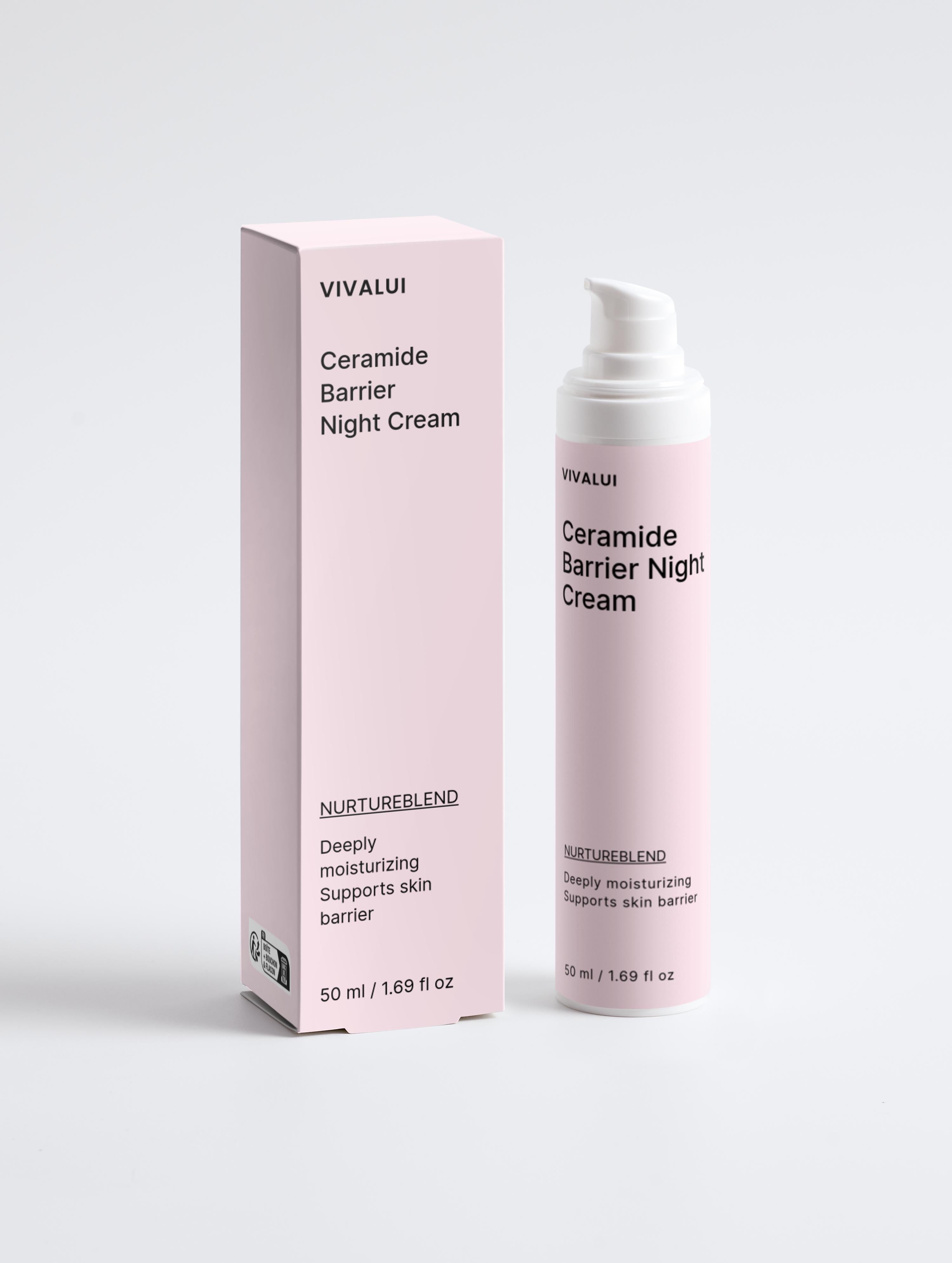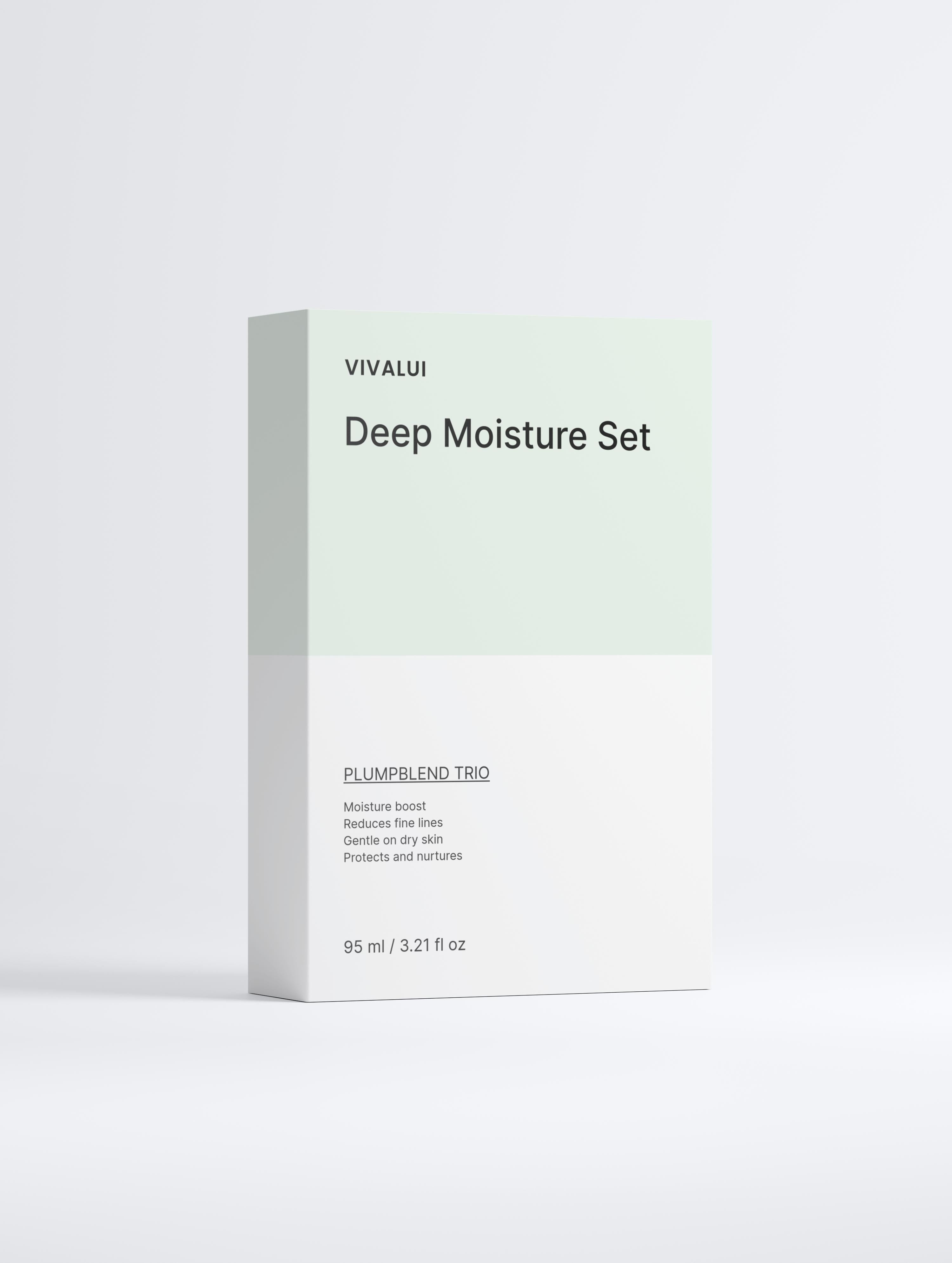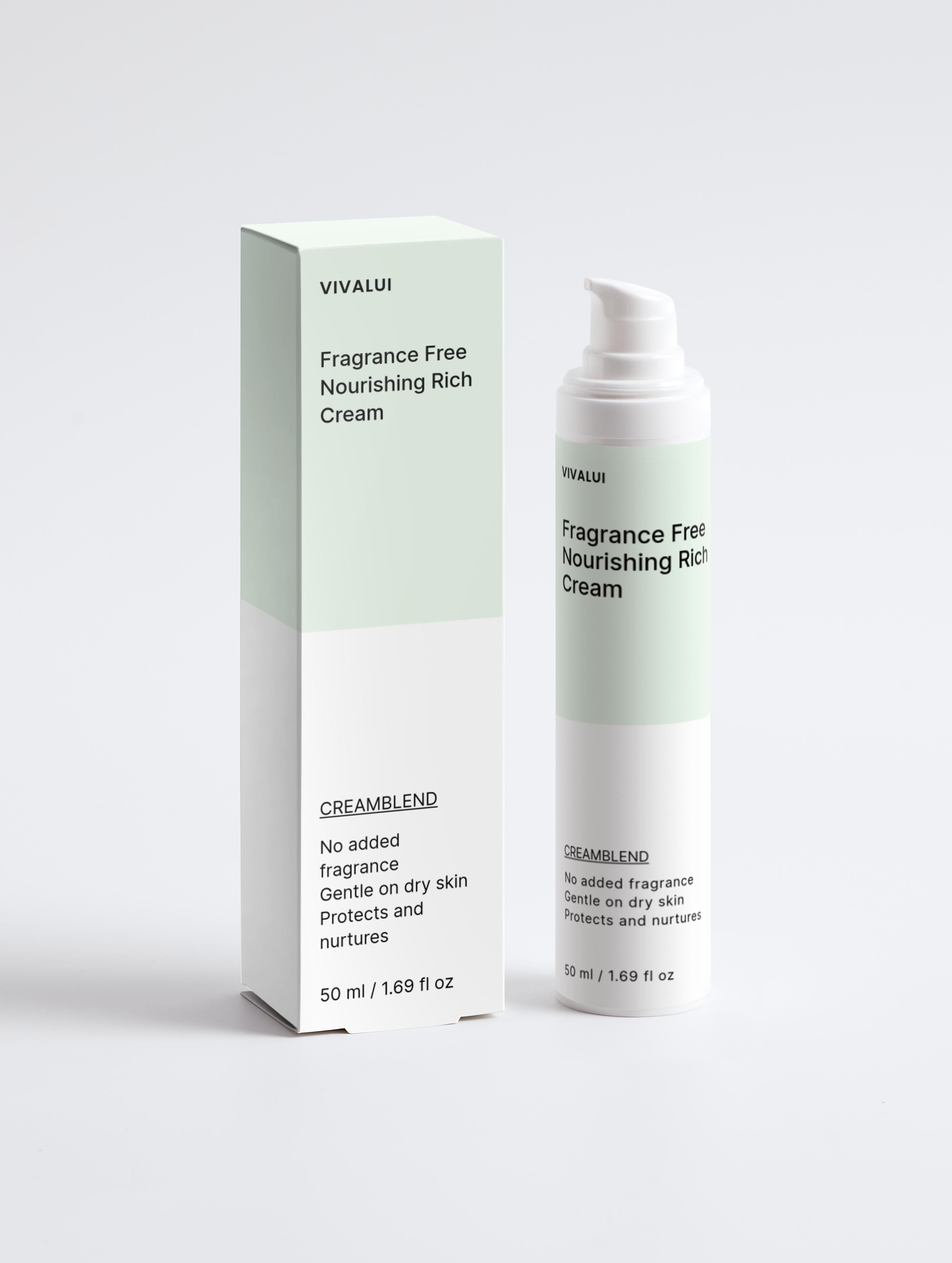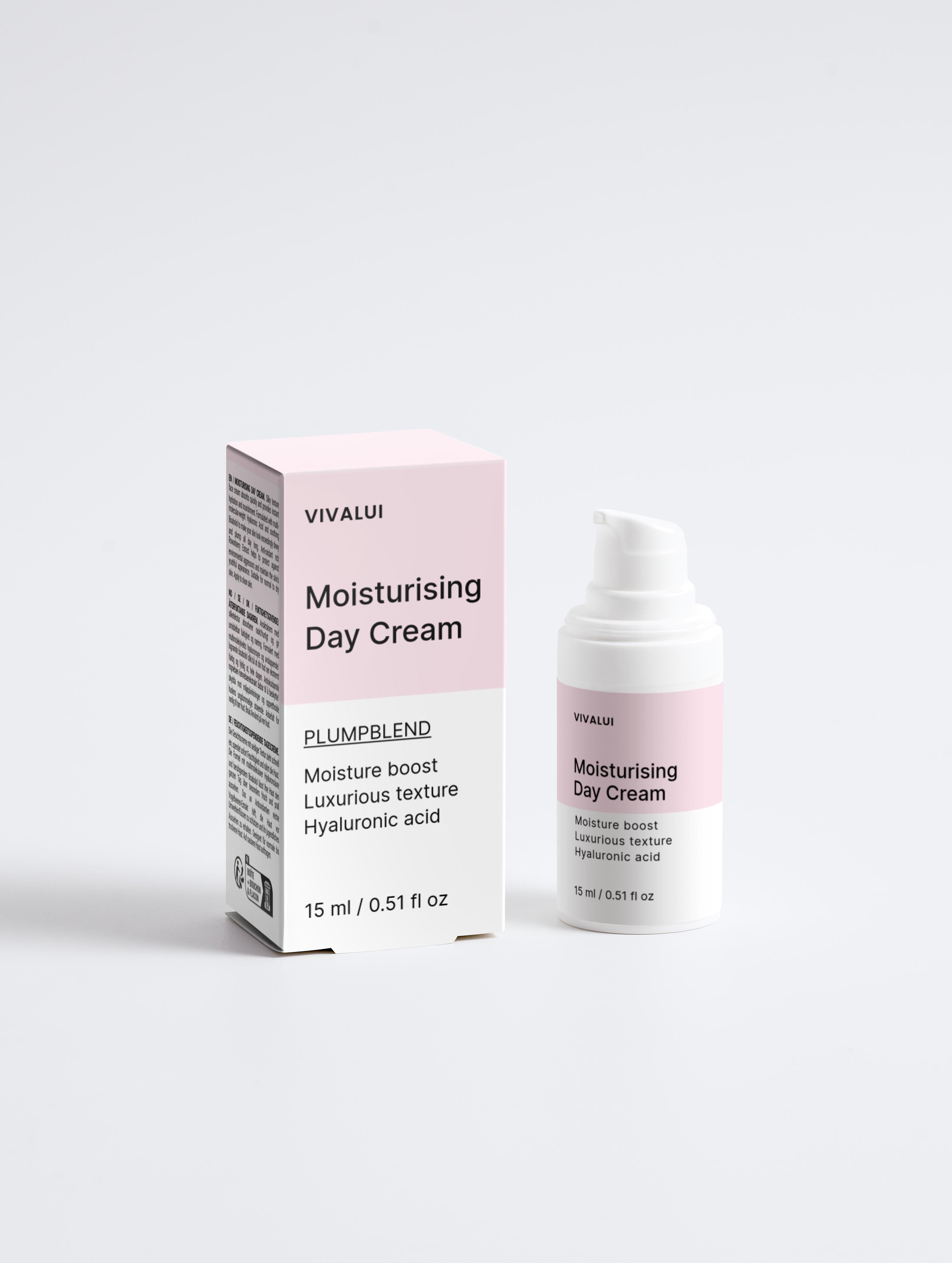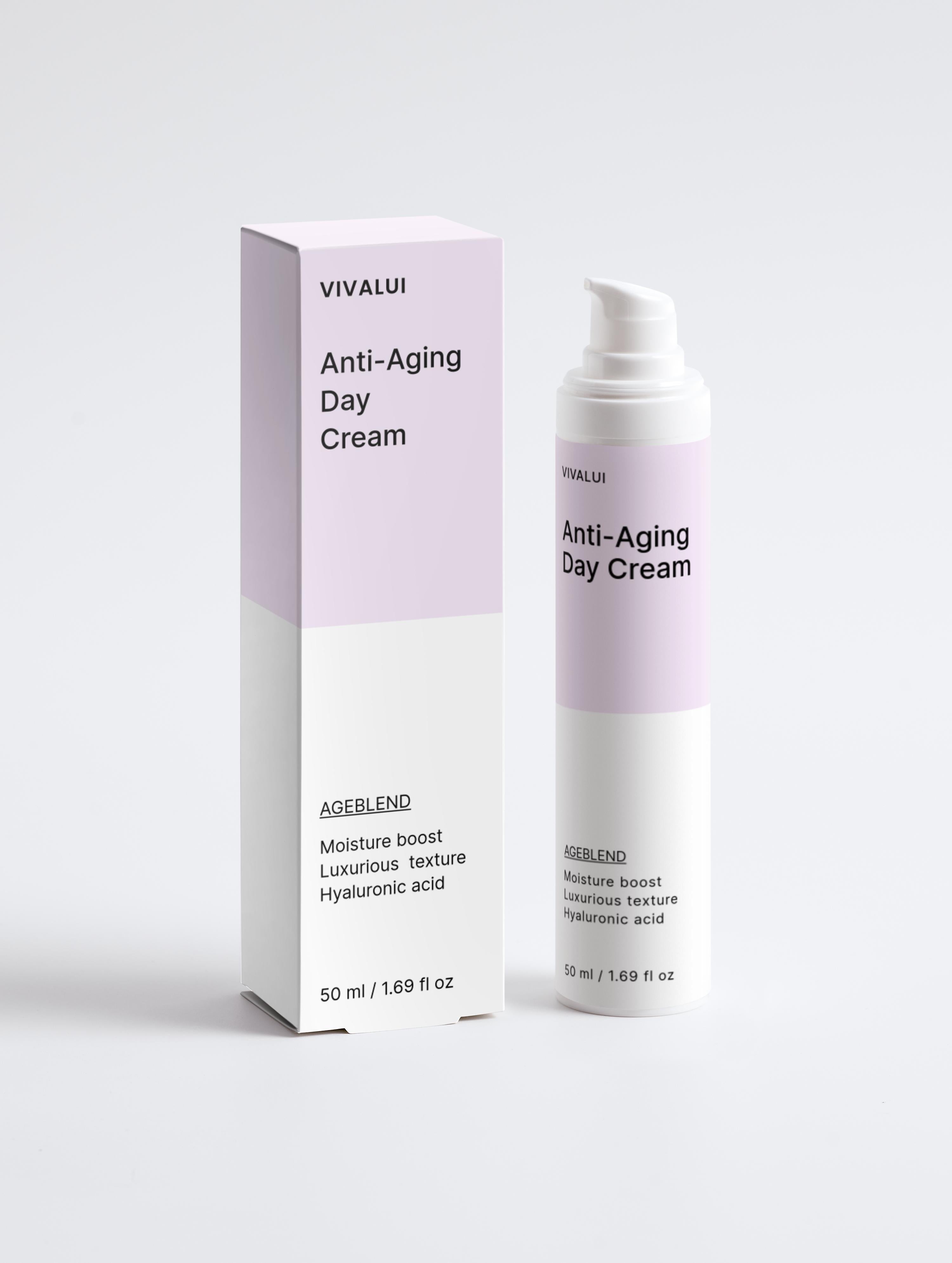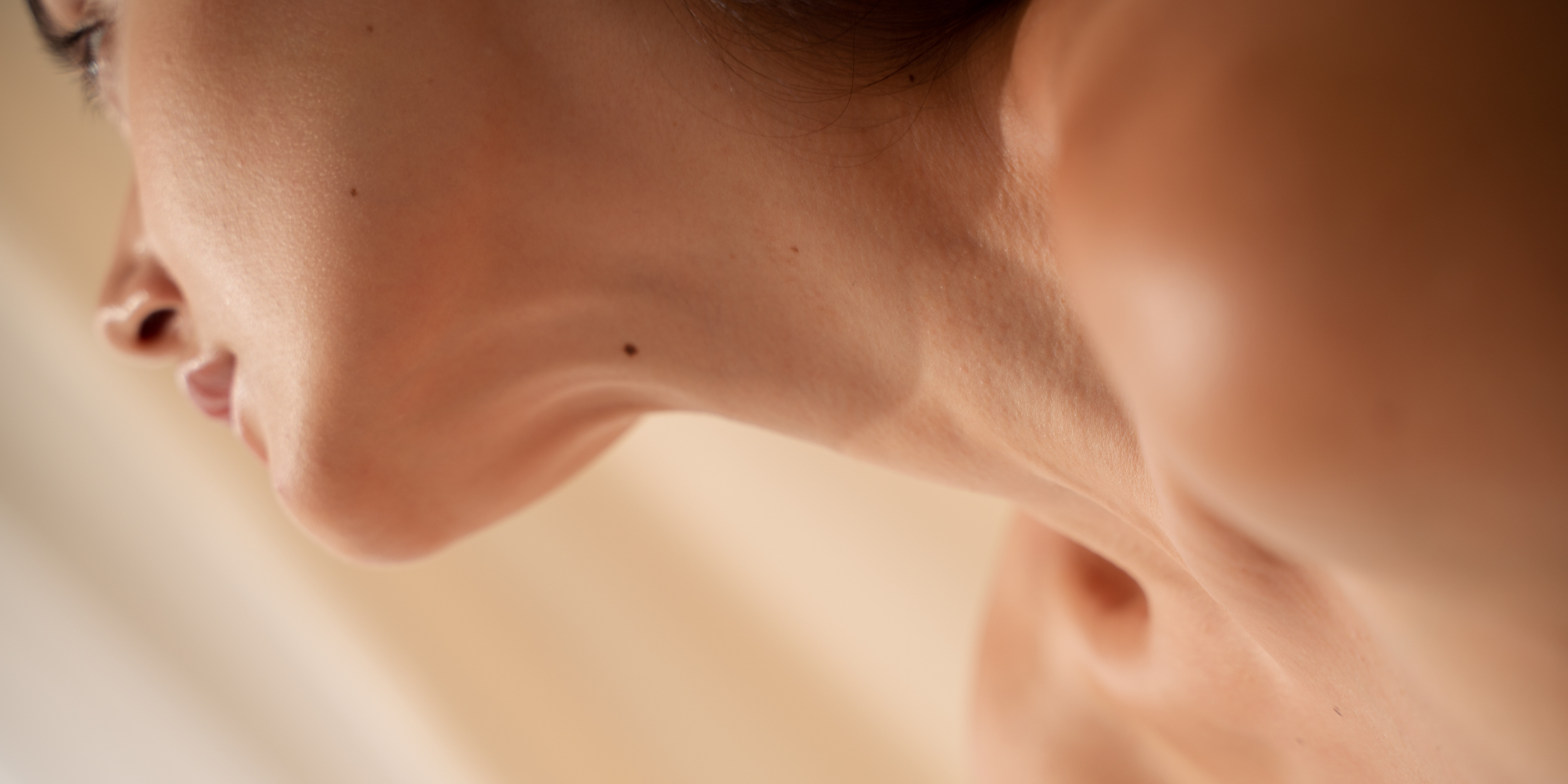Apart from growing a beard, there is no way to totally avoid razor bumps that look like a red rash but can also be similar to pus-filled pimples. Almost every male will experience them at some stage of life.
Razor bumps, medically known as pseudofolliculitis barbae, are caused by ingrown hairs that form after shaving, waxing or plucking. Most hair grows normally after shaving, but some hair follicles can grow into the skin or curl inwards. These hairs get caught under the skin and bumps appear.
Razor bumps can appear anywhere you shave, including your face, legs, arms and public area. So how can you deal with this very common but very annoying irritation? Read on to find out how to prevent and treat razor bumps.

Follow A Good Skin Care Routine
A quality skincare routine can be life-changing. Not only can it banish razor bumps, but it can make you look fresher, younger and more handsome. When you look in the mirror in the morning, you will radiate. This can have a follow-on effect when it comes to your mental health as you feel more confident and self-assured.
These benefits are immediate and long-term. Natural products that are made for sensitive skin like those in the Vivalui skincare range are ideal for men of all ages. Plus, these products are recommended by professional dermatologists who recognize the benefits of natural, high-quality ingredients. Arriving in recyclable packaging, the Vivaldi skincare range stands out in the beauty and skincare market.
Brushing
Gentle brushing with a soft brush can remove dead skin and help unclog skin pores. You can buy suitable brushes at the pharmacy or even use a new soft toothbrush. In addition, brushing problem areas every day can help prevent new razor bumps from appearing.
Use Tweezers
If you can see the ingrown hair, tweezing could be an option. However, you might need bright light and magnifying glass to see the pesky ingrown hair clearly. Make sure you have clean hands and sterilize the tweezers before attempting to remove the ingrown hair. You can do this by boiling metal tweezers or wiping them with alcohol (at least 70%).
Warm Face Cloths
Use a warm, wet face cloth on the areas of your face that are affected by razor bumps. This can encourage the ingrown hair to come to the surface of the skin as it softens. It works well when combined with other treatments such as brushing and tweezing. Hot showers or steam baths can help too.

Prevention
Prevention is better than cure, as the saying goes. Here are some ways to prevent razor burn. Everyone's skin is different and what might work for some might not work for others. So try all of the suggestions to find what works best for you.
1: Shave less frequently.
If you have a high-powered corporate job, shaving every second or third day might not fit your lifestyle. But if you are working from home or have a job that a little shadow is acceptable, this form of prevention might be for you.
2: Use an electric razor.
If you don't already use an electric razor, it might be time to make a change. The reason an electric razor can help relates to how close the shave is to your skin. When the shave is very close, it's easier for hairs to become ingrown. An electric razor can be set to give a clean-shaven look that isn't as close to the skin as a disposable, cartridge or safety razor.
3: Reach for the retinoid
Products with retinoids are often used for acne but can be used on razor bumps. If you have severe razor bumps, a dermatologist or doctor can prescribe a suitable cream or serum. Over-the-counter products aren't as effective but can be purchased from places like pharmacies and drug stores.

Razor Burn
It is easy to confuse razor bumps and razor burn as they are so similar. Razor burn is a skin irritation caused by shaving. Usually, it appears right after shaving while razor bumps take longer to develop (sometimes 2-3 days after shaving). To avoid razor burn, make sure you use shaving cream or gel before shaving. A sharp razor also helps. If you have sensitive skin, you could be prone to razor burn and razor bumps.
Laser Treatment
Another way to avoid razor bumps, aka barber's itch, is by laser treatment. This permanent form of hair removal is time-consuming and expensive. If you do decide to take this route, make sure you seek treatment from an experienced professional who comes highly recommended by clients and other industry professionals. Also, be aware that sometimes even after numerous treatments, the hair grows back but is usually finer. So you might still have to shave in this case, although probably not as frequently as before.
Shaving Tips and Reminders
- Follow a good skincare routine
- Wet your skin before shaving and use a warm, wet towel
- Support shaving with shaving cream or gel
- Use products designed for your skin type
- Use an electric razor or new, sharp razor
If you have a rash, irritation or skin problems that you suspect might be razor bumps, see a dermatologist or skin specialist to confirm. There are many skin conditions that look and feel similar to razor bumps, but that could be more serious than this common condition. It's always better to be sure when it comes to caring for the biggest organ in your body - your skin!

We hope this article has given you some useful information about treating and preventing razor bumps. Razor bumps aren't serious, but they can affect your self-esteem and confidence. Also, they always seem to appear when you have an important event or occasion to attend. So, look after your skin starting with a good skincare routine and talk to your doctor or dermatologist if the issue persists.

